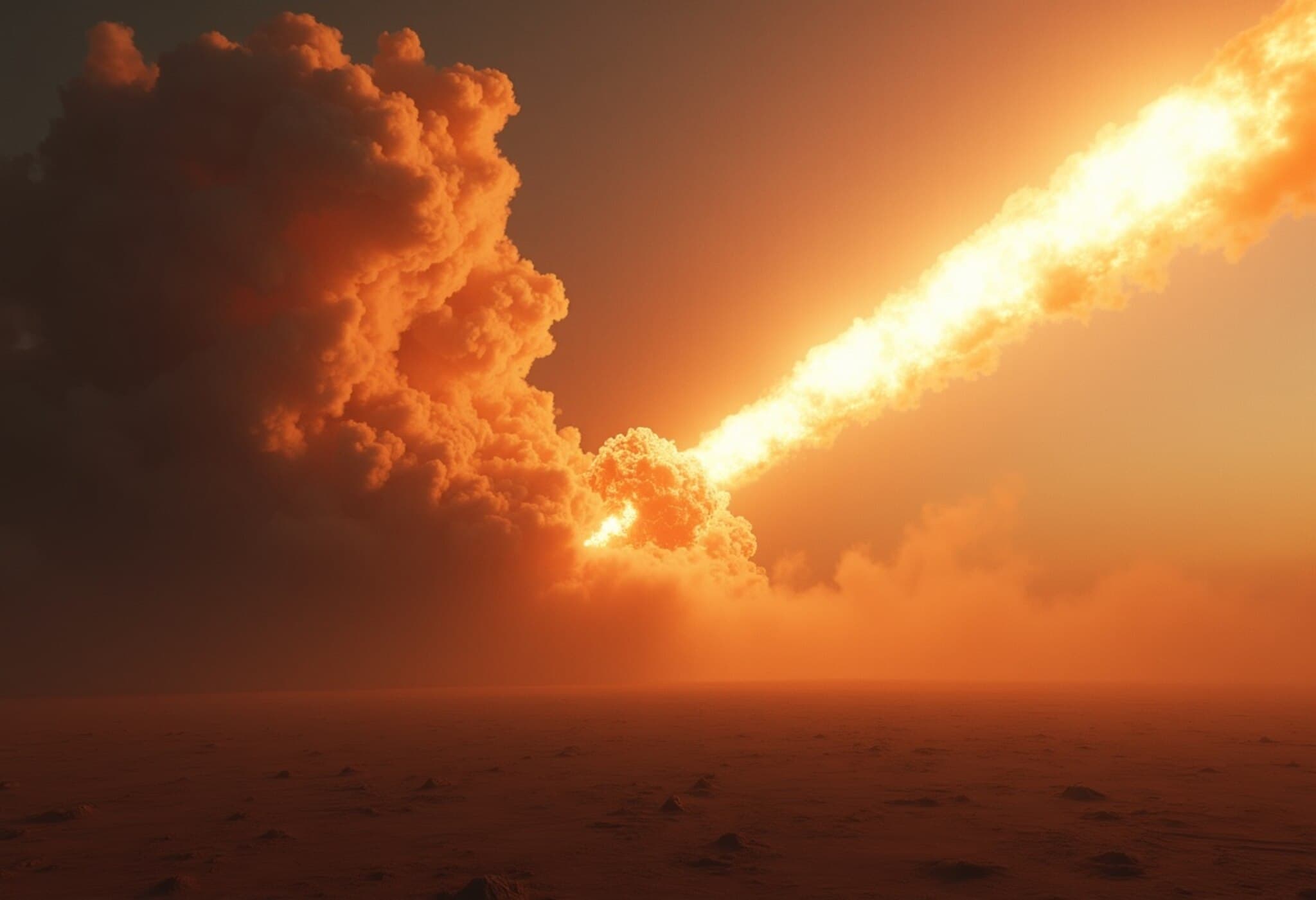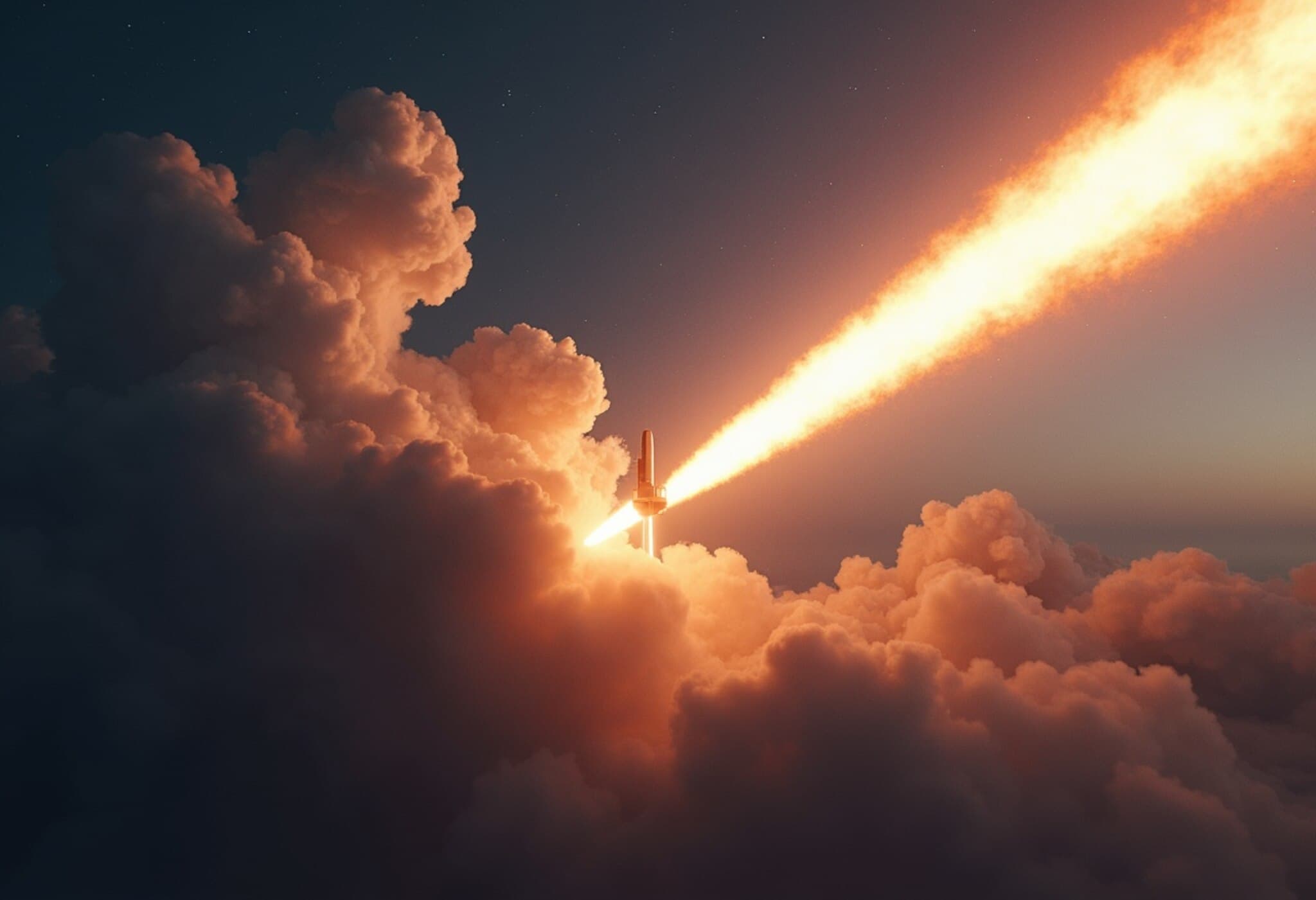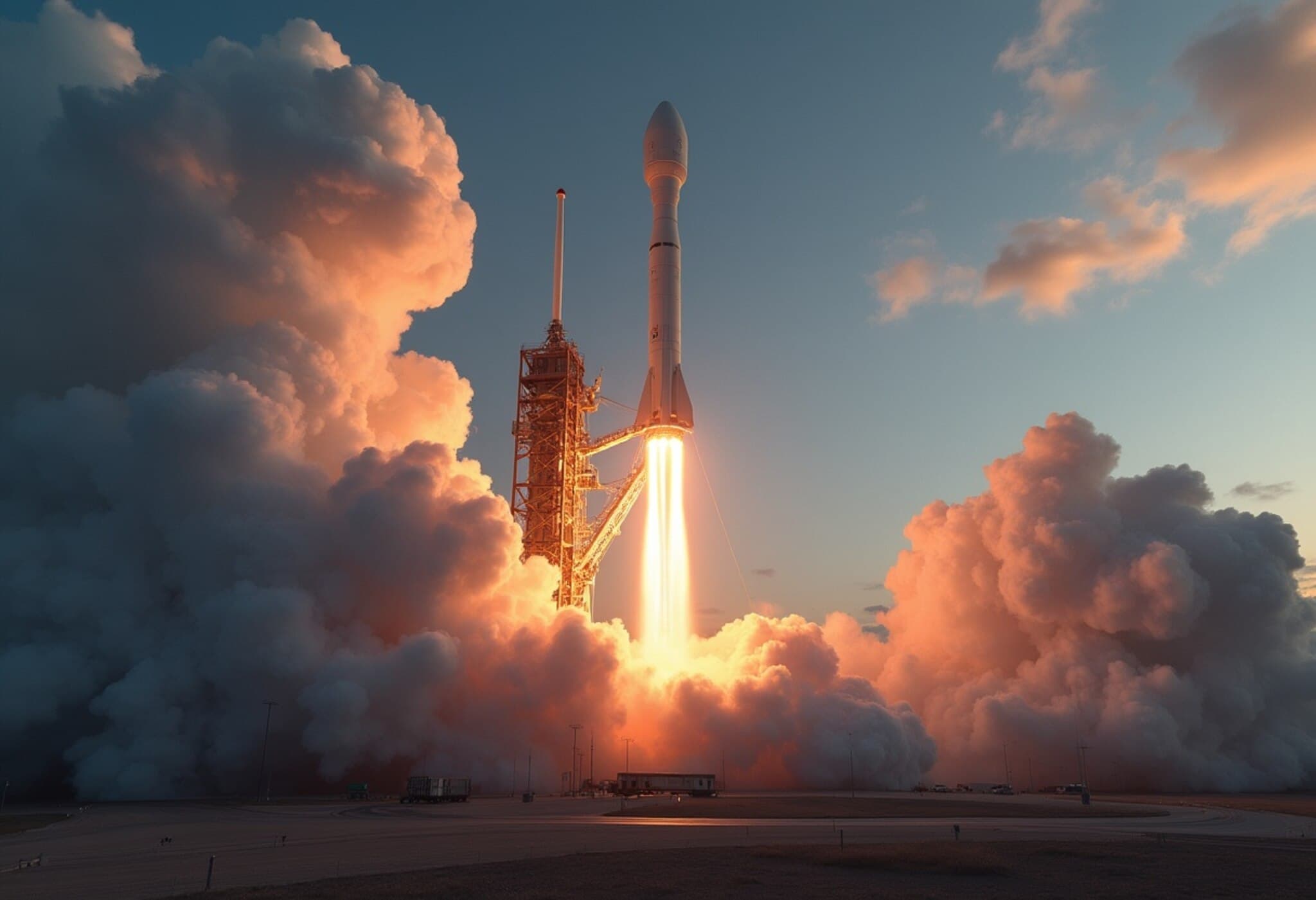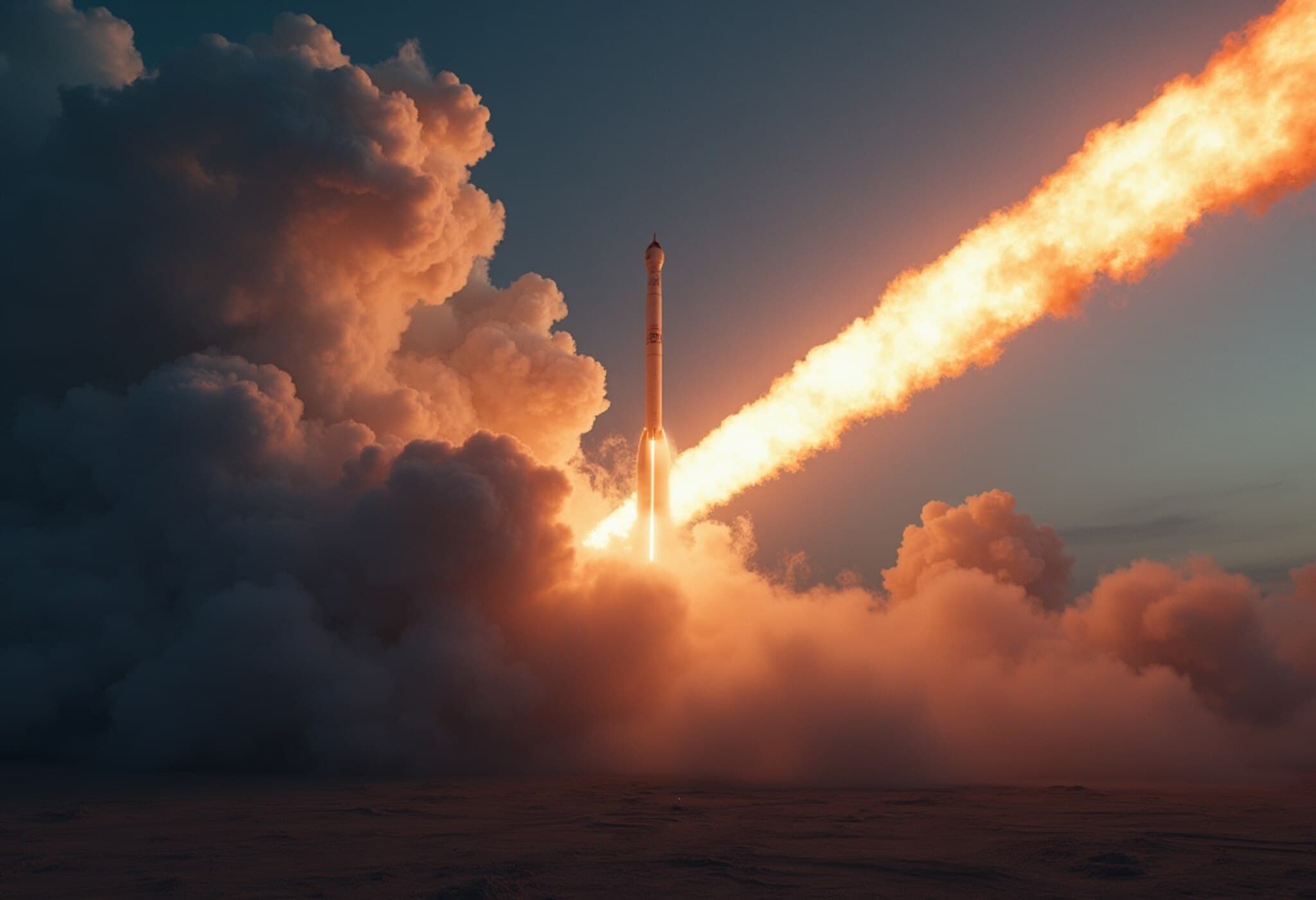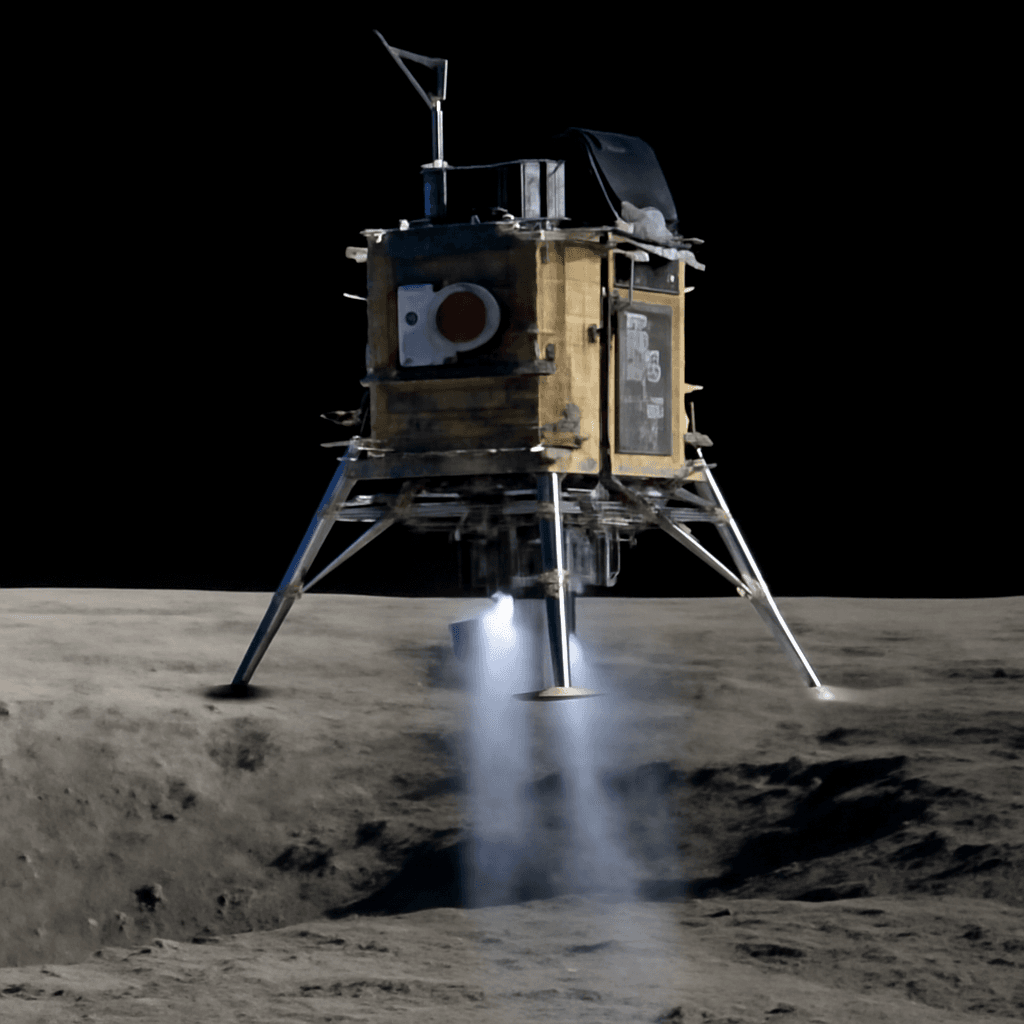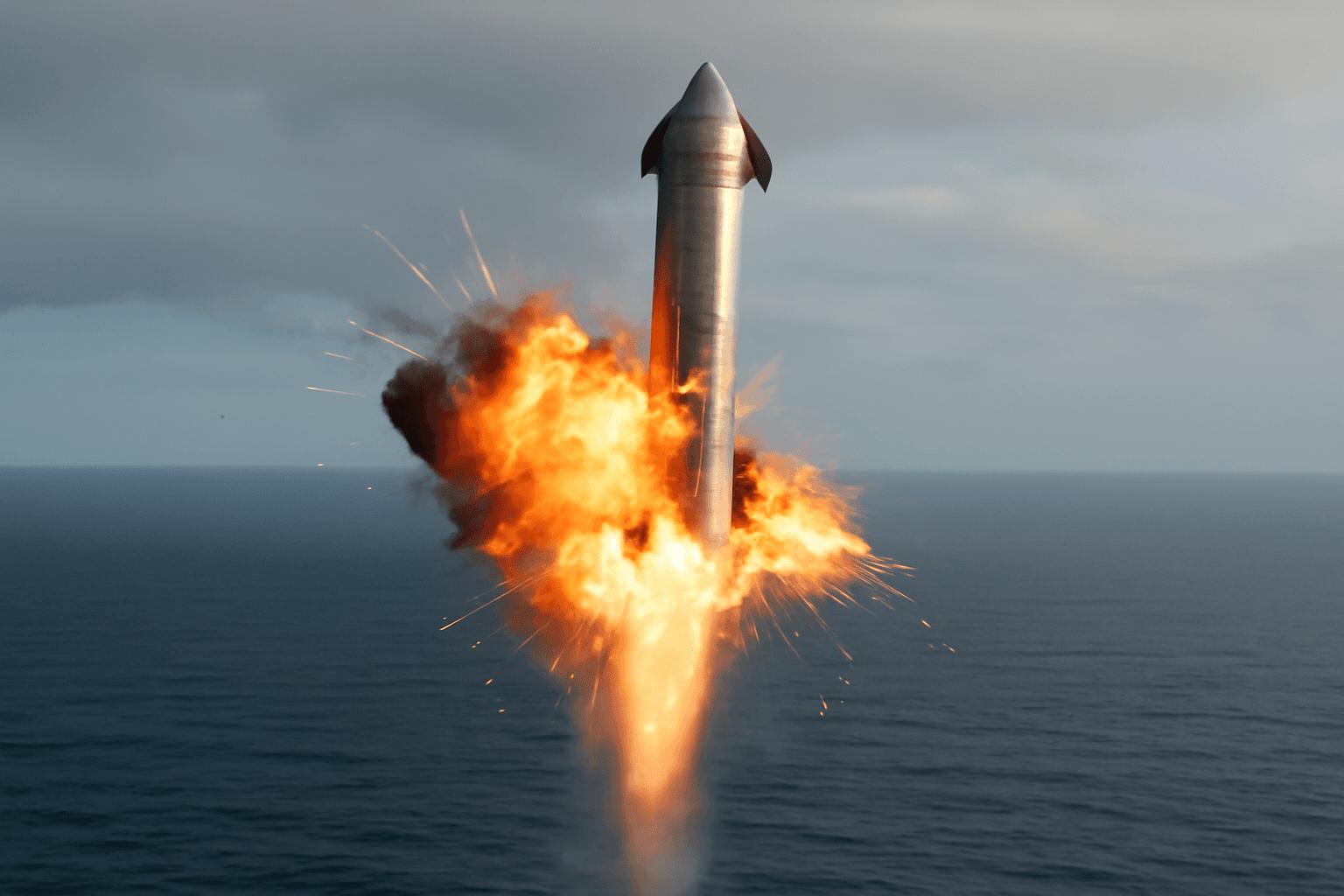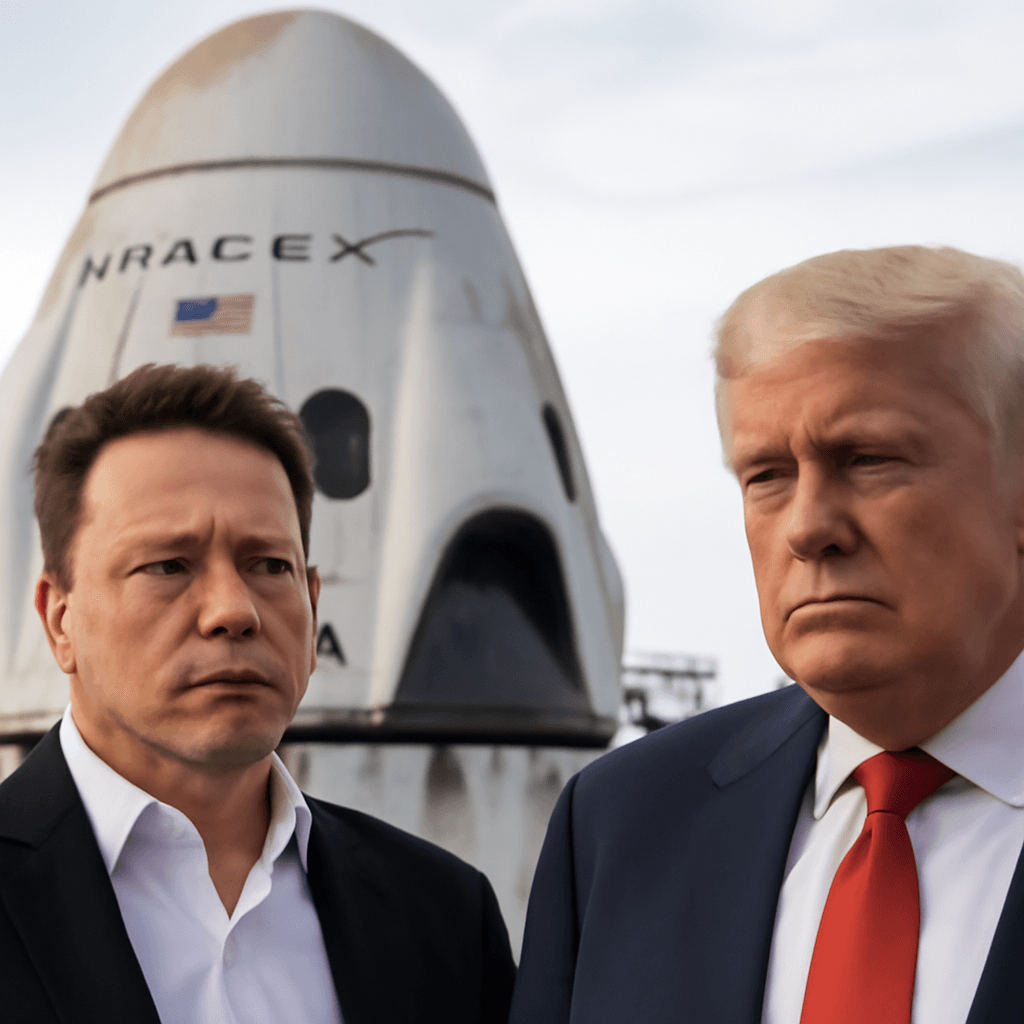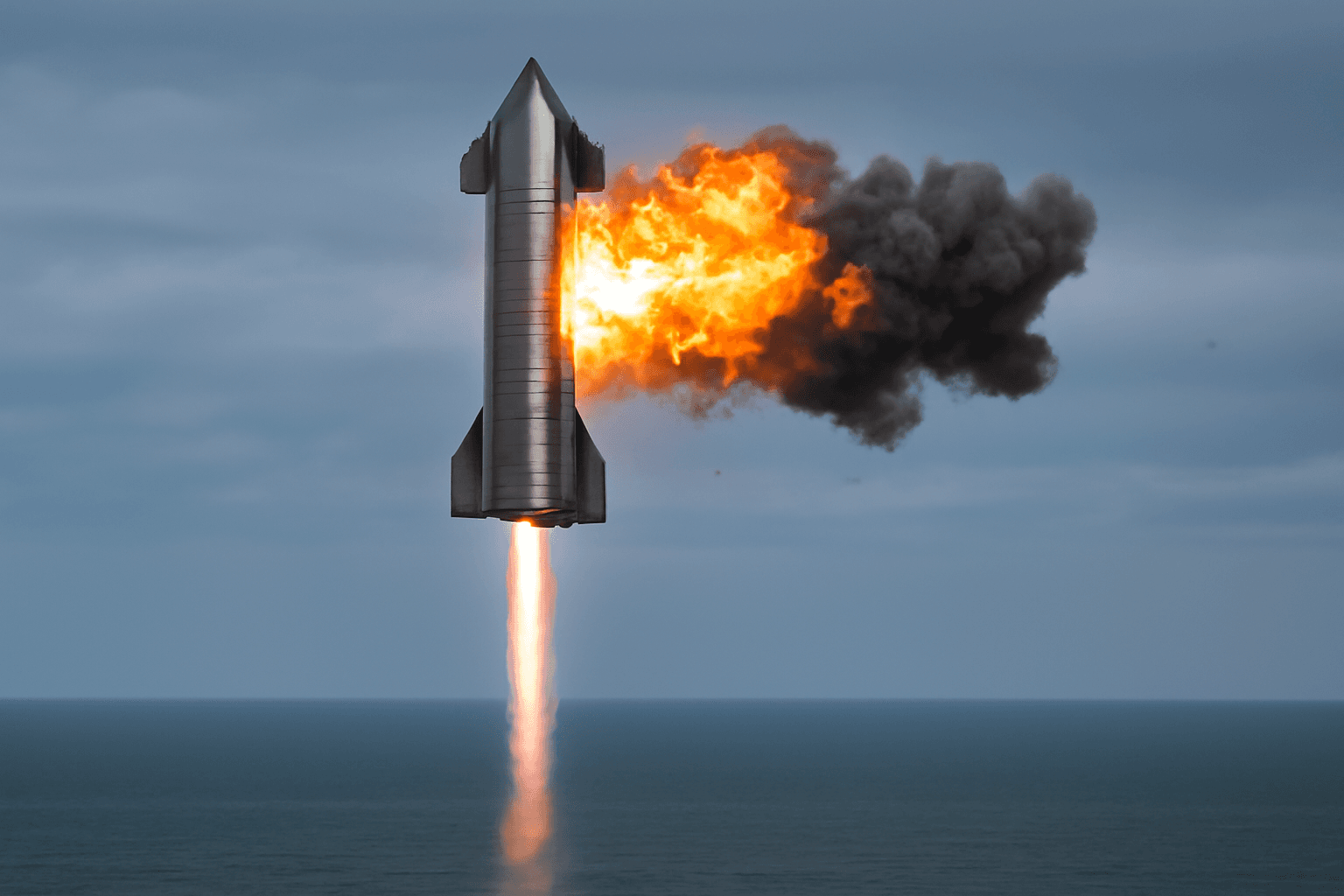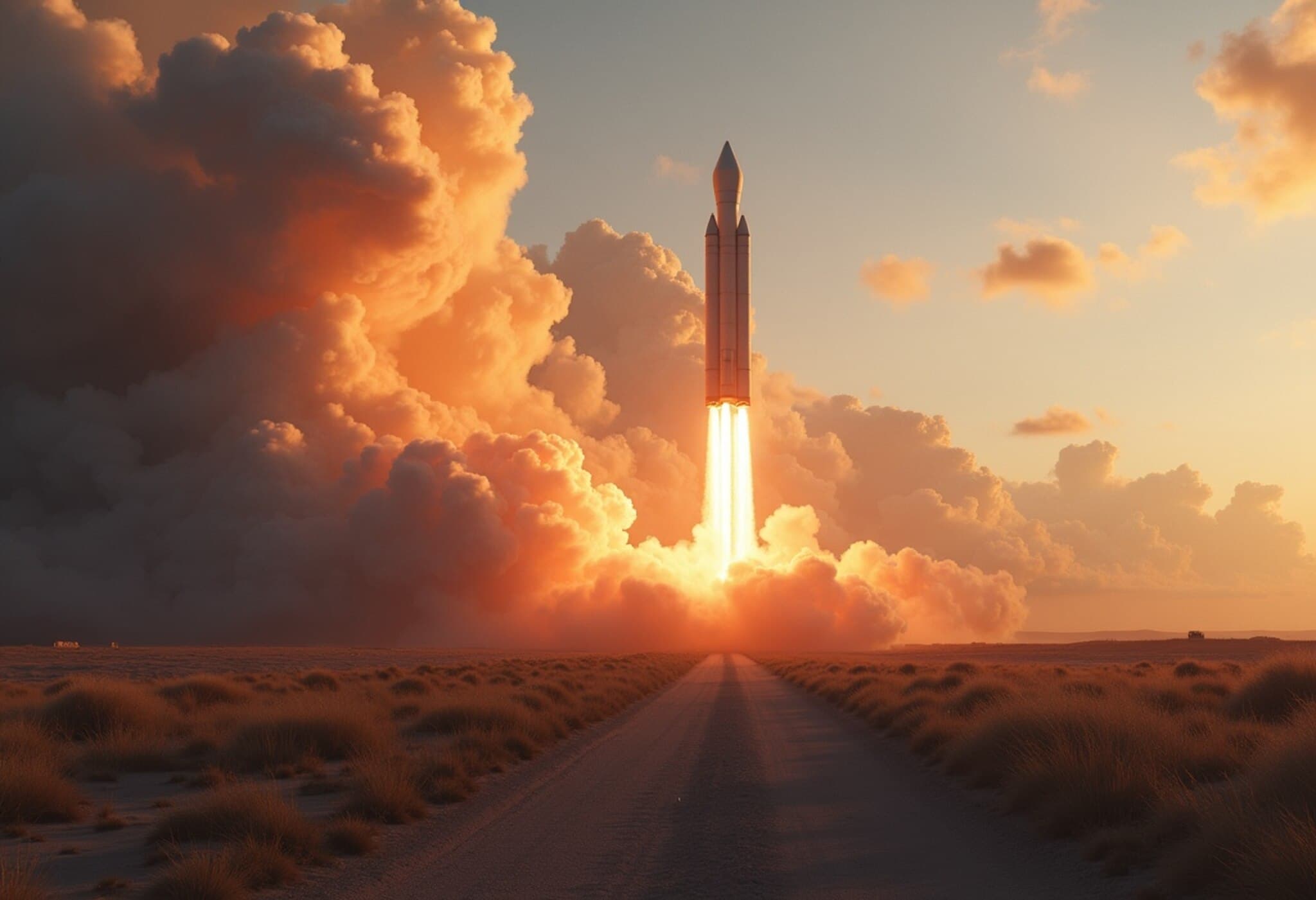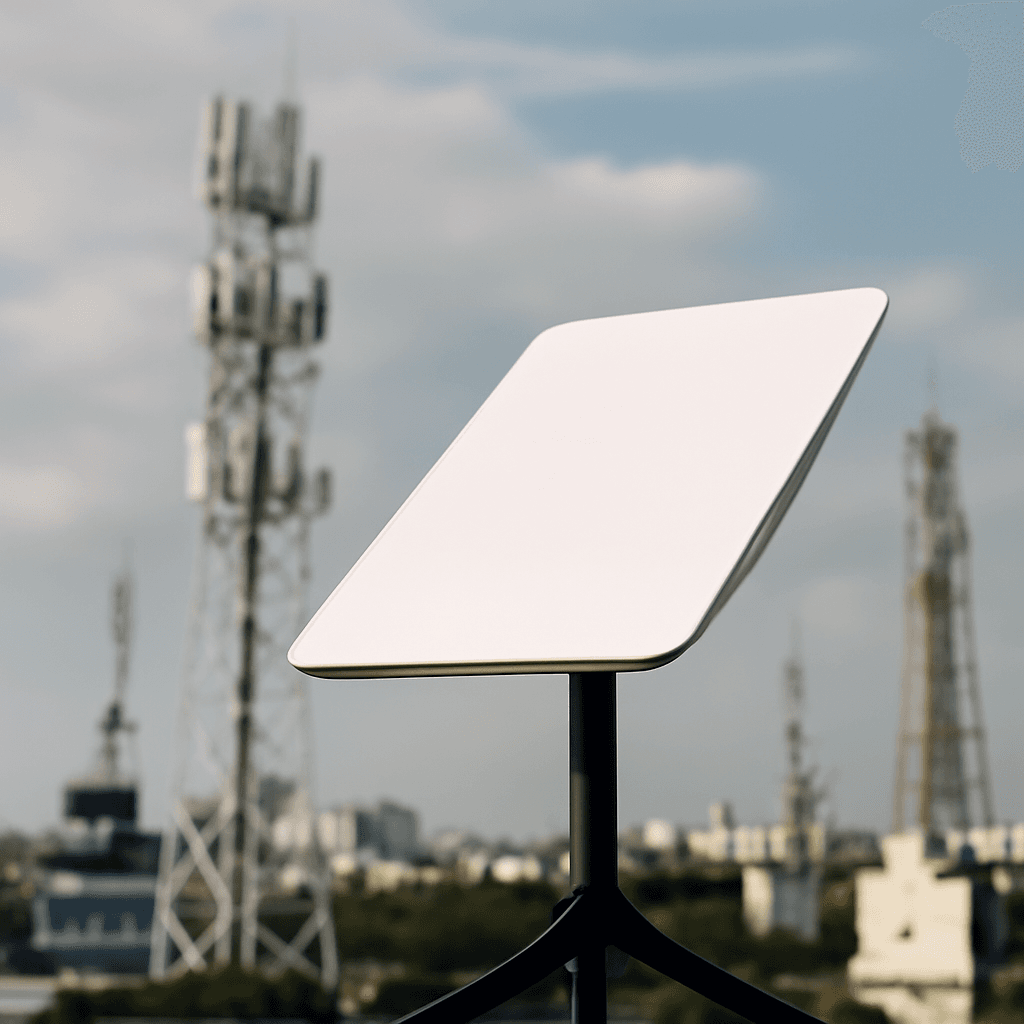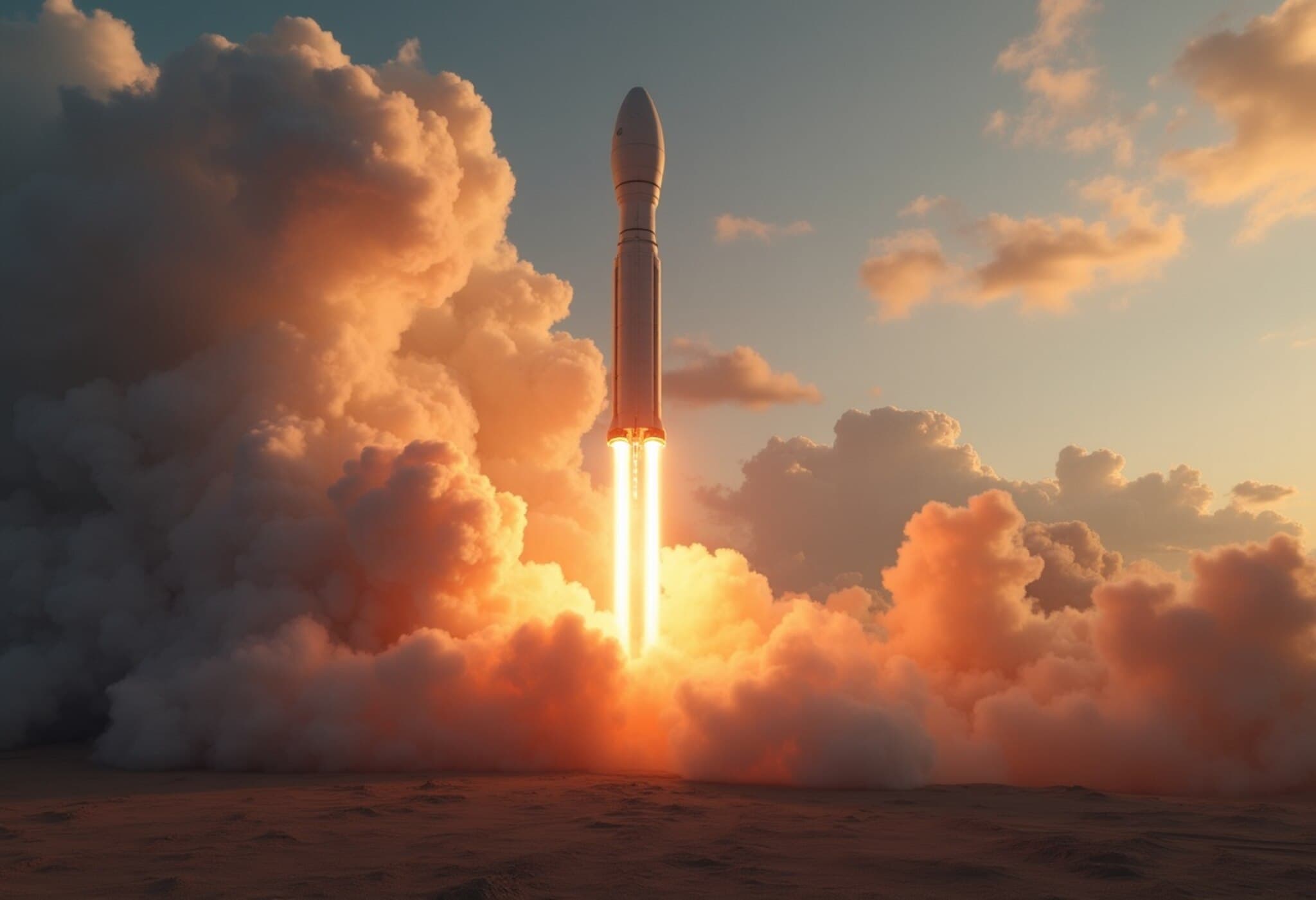SpaceX's Starship Faces Setback After Explosion During Texas Test
In a dramatic turn of events, SpaceX's Starship rocket experienced a catastrophic explosion late Wednesday night at the company's Starbase testing site in Texas. The incident occurred during a routine test designed to prepare the spacecraft for an upcoming launch.
Details of the Explosion
SpaceX confirmed that the vehicle encountered a major anomaly while mounted on the test stand around 11 p.m. local time. Fortunately, stringent safety protocols ensured that the surrounding area was cleared beforehand, and all personnel were reported safe and accounted for.
Local officials described the event as a catastrophic failure, with footage capturing the rocket engulfed in flames and a massive fireball shooting skyward. No injuries have been reported, and a formal investigation is currently underway to determine the cause.
Starship’s Rocky Road to Orbit
This explosion marks the fourth Starship failure this year, with previous launch attempts similarly ending in fiery explosions and debris incidents affecting local air traffic. Despite these setbacks, Starship remains a formidable engineering marvel standing nearly 120 meters (394 feet) tall when combined with the Super Heavy booster.
Its enormous size and complexity have raised ongoing concerns about reliability and the challenge of in-flight orbital refueling, a critical technical hurdle for the spacecraft's ambitious missions.
Crucial Role in Future Space Exploration
Elon Musk and SpaceX are banking on Starship as the cornerstone for several high-profile space initiatives. Notably, NASA plans to utilize the rocket for its Artemis 3 and 4 missions, aiming to return humans to the Moon between 2027 and 2028.
Beyond lunar exploration, Starship is poised to facilitate the deployment of Starlab, a private space station concept that could help transition the world to commercially operated orbital laboratories following the International Space Station’s planned retirement post-2030.
Ambitions for Mars Colonization
Starship is also central to Musk’s—and previously, former U.S. President Donald Trump’s—vision of establishing a human presence on Mars. The rocket is slated to send robotic explorers, including Optimus robots, to the Red Planet by the end of 2026.
Musk has expressed optimism for human Mars landings soon after, suggesting 2029 could be feasible if robotic missions proceed successfully, though 2031 is considered a more realistic target.
Looking Ahead
While the recent explosion is a significant setback, SpaceX remains committed to pushing Starship closer to operational status. Another launch attempt was anticipated by the end of this month, underscoring the company’s persistence in overcoming the complex challenges of next-generation space travel.

